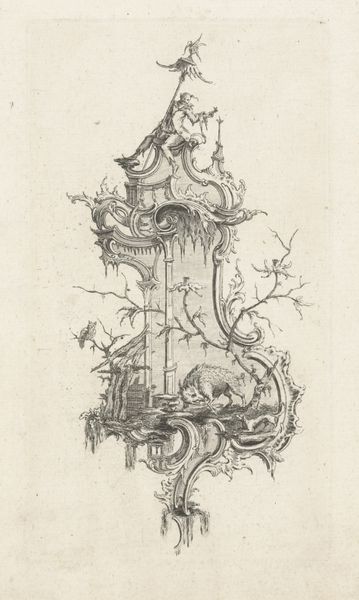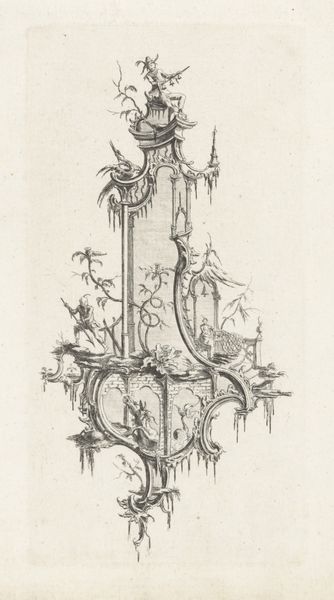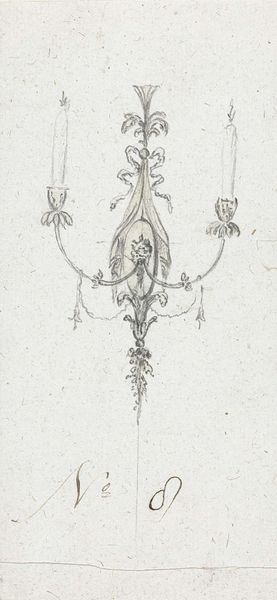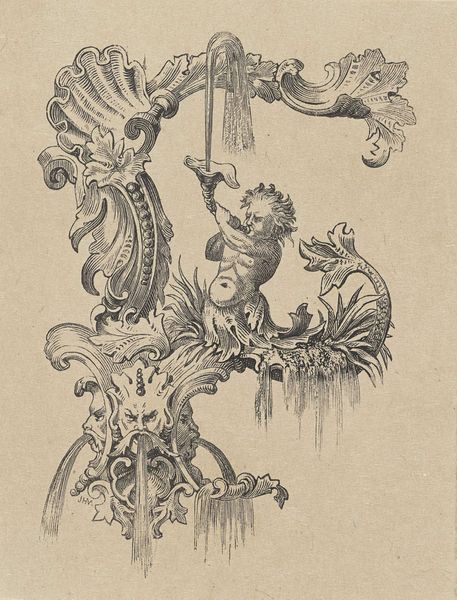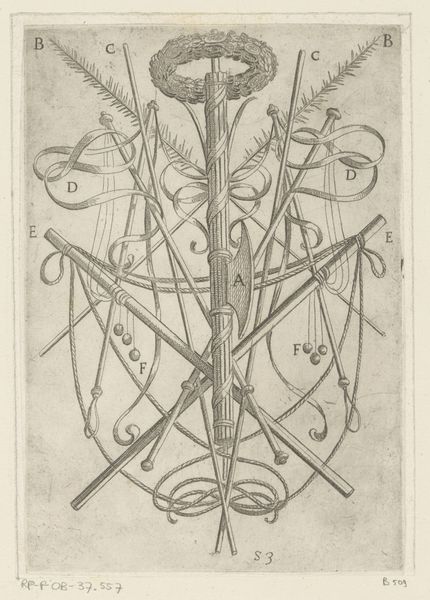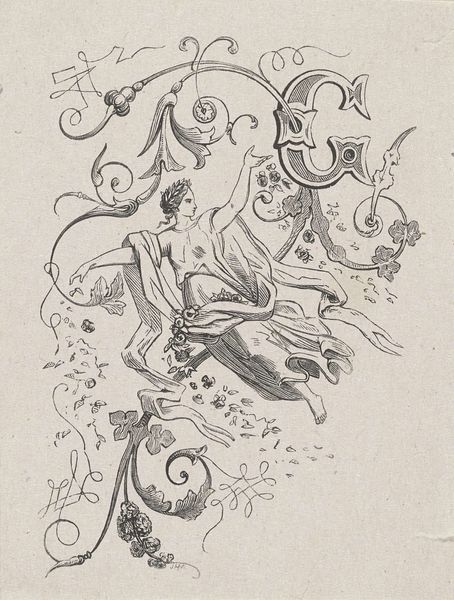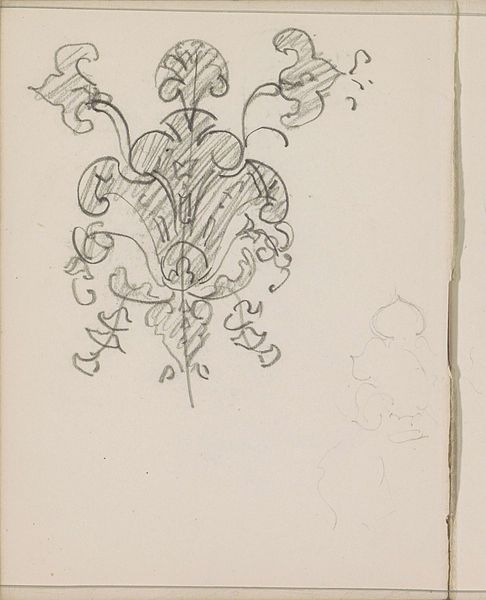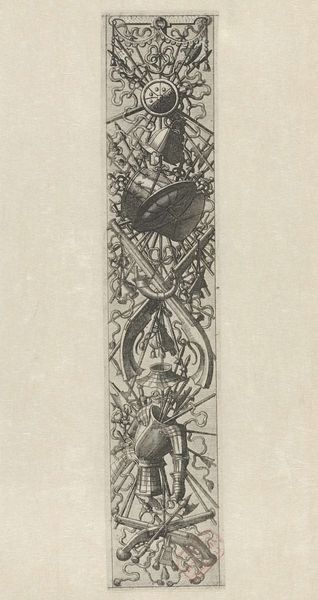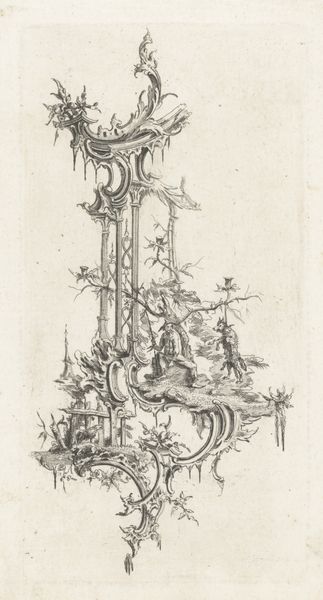
drawing, print, ink
#
drawing
#
art-nouveau
#
ink drawing
# print
#
pen illustration
#
pen sketch
#
ink line art
#
linework heavy
#
ink
#
ink drawing experimentation
#
pen-ink sketch
#
expressionism
#
thin linework
#
abstraction
#
line
#
pen work
#
sketchbook drawing
Copyright: National Gallery of Art: CC0 1.0
Editor: We are looking at “Riesenblattlaus,” possibly from 1920, by Paul Klee. It seems to be an ink drawing, with really delicate lines creating a strange botanical form. It feels almost whimsical, yet also a little unsettling. What can you tell us about the materials and the making of this piece? Curator: The seeming delicacy you noticed is key. Ink, often associated with writing and reproduction, is here pushed towards the realm of fine art. Consider the cost of paper in 1920s Germany – not throwaway sketchpad material, but a precious surface. Klee’s meticulous line work isn't just aesthetic; it’s an engagement with the scarcity and value of materials during that time. Editor: So, the choice of materials reflects the socio-economic context? Curator: Precisely! Klee is consciously elevating everyday materials. Think about the contrast between the presumed preciousness of oil paint on canvas versus ink on paper. He's questioning that hierarchy. The ‘whimsical’ nature could be viewed as a deliberate act, a response to the weight of expressionism or even academic tradition. Editor: That's fascinating. So instead of purely self-expression, he's commenting on art itself and the means of its production? Curator: Exactly. And remember the social disruption after World War I; traditional structures were being questioned in all fields, including artistic production and consumption. Does it shift how you view the work now, thinking of Klee as deliberately disrupting hierarchies and class-bound notions of “high art?” Editor: It definitely does. I was so focused on the form, but it is so interesting to think of the piece as actively challenging existing definitions through its materiality. Thanks for pointing that out! Curator: It is in critically analyzing the social context of these art processes that true interpretations arise!
Comments
No comments
Be the first to comment and join the conversation on the ultimate creative platform.
